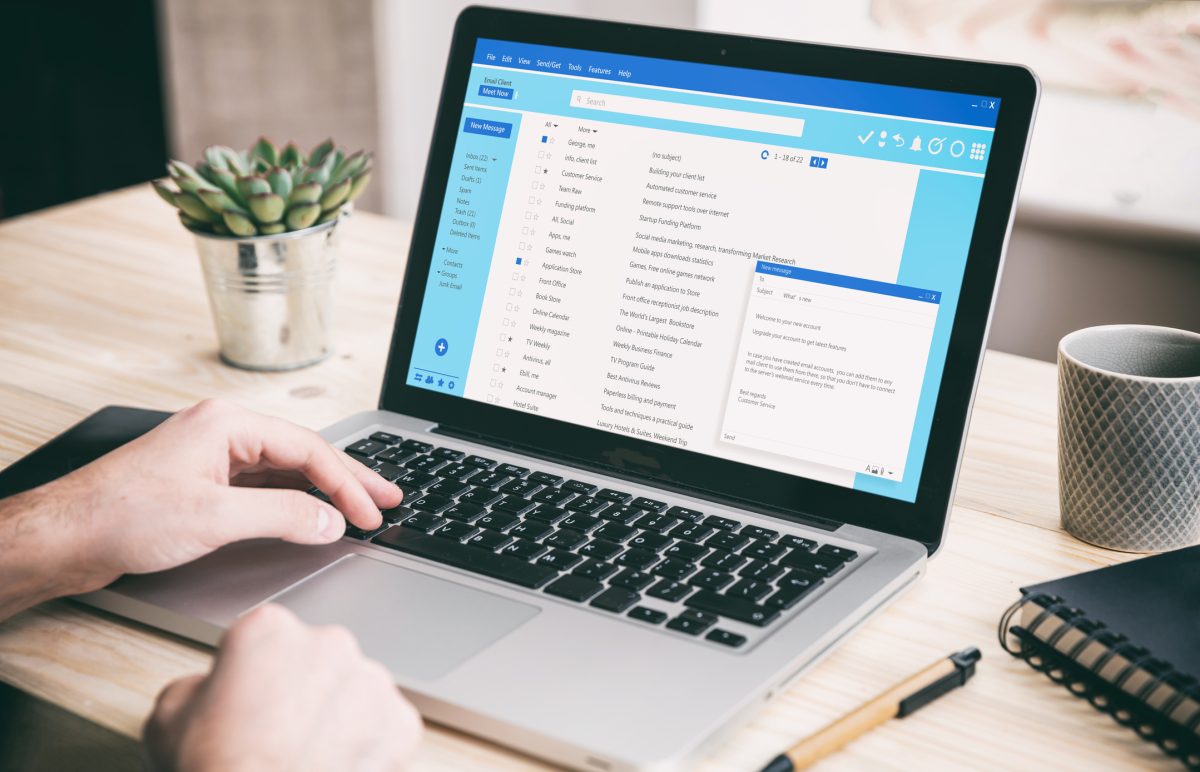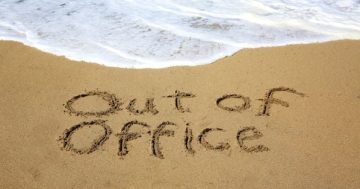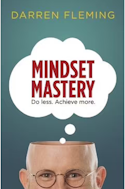
If you’re struggling to cope with email overload, take heart – it can be avoided with discipline, practice and agreed ways of working. Photo: File.
Michelle Gibbings accepts the day of the paper memo has been firmly supplanted by the super-fast and ubiquitous email — but that doesn’t mean we should let emails rule our lives.
Do you remember the memo? How you answer that question is likely age-dependent.
For the uninitiated, the memo was a communication process that has mostly left the workplace.
You’d write your message, and everyone who needed to receive a copy would be listed at the top of the page. It was printed out, and each respondent’s name was highlighted.
It was then put in the internal mail system and hand-delivered by the mail person.
Once you received your copy, you’d typically have a few days to think about your response.
If the issue was urgent, you’d call them, but otherwise, you’d type up the answer, print it out, and put it back into the internal mail system.
Yes, it was a slower process, and the turnaround time would feel like a lifetime in today’s working world, but it gave you the benefit of time to think.
Now everything’s instantaneous. People expect emails to be responded to by the end of the day at best or worst, within an hour.
When email was first introduced, it felt liberating. I still remember thinking how awesome it was and how it was going to make everything so much more productive.
Sadly, that hasn’t turned out to be the case.
As the author and fellow columnist Gretchen Rubin laments: “Technology is a good servant but a bad master.”
Many of us have become addicted to emails, with our day controlled by the email inbox. Finance expert Alan Kohler says it’s killing our productivity.
According to the research he shared, 350 billion emails are landing in inboxes daily, which equates to about 70 emails per adult across the globe each day.
That’s an enormous figure, and yet, I suspect you’re likely thinking: “Yep, that’s about how many I receive” (or you may receive more).
Emails are helpful, but they’ve also become a crutch for bad workplace habits.
People email rather than step into the challenging conversation; they email to get the issue off their desk and onto someone else’s desk, and they email to diffuse accountability and avoid decision-making.
Emails play a role in our professional and personal lives, so you want to challenge the role they play for you.
Ask yourself: Does this need to be an email, or would I get a better and more effective outcome if I picked up the phone and called?
If I am sending an email, is the intent clear as to why I am sending it and what I need from the recipient/s?
Or, does each person on the list really need to be a recipient? Am I butt-covering somehow?
Avoiding email overload takes discipline, practice and agreed ways of working.
As a team, talk about when email is the appropriate communication method and when other tools or face-to-face conversations are more effective.
Additionally, it can help to set protocols for emailing. Some organisations have specific standards and have adopted email-free days or email-free periods.
Others have system-administered rules about emailing outside a person’s working hours.
For example, if you try to email outside the person’s standard working hours, you get a system-generated prompt asking you: “Do you want to send this message outside the recipient’s standard working hours?”
Don’t be a slave to the email ”ding” or message alert. Switch messaging alerts off so you can control when and how you engage with email.
When composing emails, prioritise clarity and brevity. Clearly state the purpose of the email and the desired action to avoid confusion and unnecessary back-and-forth.
Where possible, only touch an email once. This means, when it comes into your inbox, decide which ones can get actioned immediately and which ones need more thought.
Importantly, don’t send an email when you are stressed and in ”reaction mode”.
When you want to do deep, thoughtful work, you need space and time to think and reflect. It’s challenging to do that when you jump back and forth between the task and responding to emails.
It helps to time-block your day and set aside dedicated time to respond to emails. Outside of those times, don’t look at your email.
I’ve seen people with messages at the bottom of their email signatures advising that they have a ”quiet inbox” and only check their emails in the morning and afternoon.
While that approach may not suit all roles or workplaces, determine what works for you.
There is a sense of relief when you have zero emails in your inbox, and many productivity experts recommend striving for this.
The inbox zero approach involves regularly processing emails and taking action on them (i.e. responding, filing, or deleting) to maintain a clean and organised inbox.
However, this approach isn’t a magic pill, particularly when getting to zero becomes the main objective of your working day.
You want to control your working day, not let other elements and technology control it.
*Michelle Gibbings is a Melbourne-based change leadership and career expert and founder of Change Meridian. She works with global leaders and teams to help them get fit for the future of work. She can be contacted at [email protected].
This article first appeared at Change Meridian.











